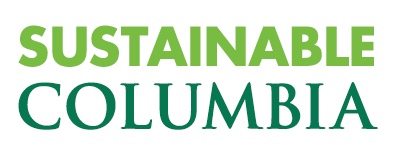Freight Emissions
Overview
Columbia recognizes the emissions and traffic congestion issues related to University freight, parcel, and mail delivery vehicles, particularly from “last-mile” travel from nearby distribution centers, such as warehouses to Columbia’s campuses. Columbia has already made strides in this area such as by adopting centralized mail distribution centers as well as adopting new technology used at Columbia University Irving Medical Center (CUIMC) that requires vendors to reserve delivery times at loading docks. This improves efficiency as well as reduces double parking and engine-idling on local city streets. Columbia will look to create methodologies for tracking emissions associated with freight transportation by 2025 as well as further develop strategies for mitigating these impacts.
Transportation Commitment Areas
Goals and Strategies:
Goal: Reduce impacts of University freight deliveries such as traffic and parking congestion, particularly during peak road demand periods, as well as reduce negative impacts of double parking by delivery vehicles. Begin 2025 or sooner.
Strategy 1: Create a method for tracking Scope 3 freight emissions from non-Columbia delivery vehicles and develop emissions reduction strategies by 2025.
